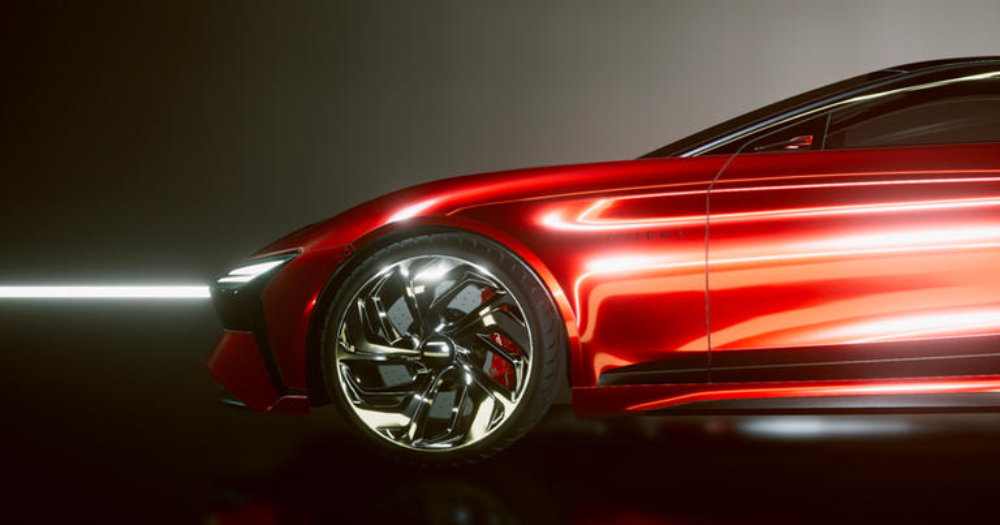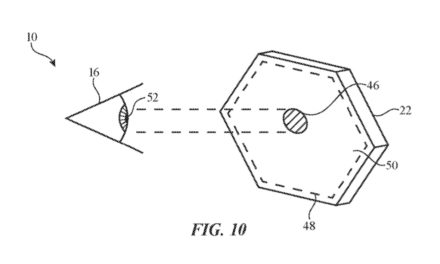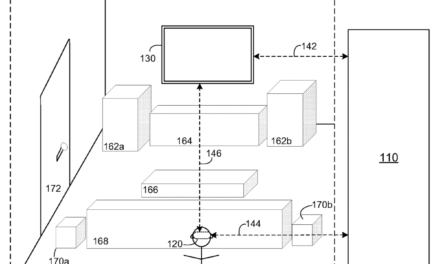Unity Technologies, the company powering more than 60% of all AR and VR content and serving more than 11 billion ads each month, has revealed the results of an independent research project on the state of the Augmented Reality (AR) advertising and marketing market in 2019.
Unity surveyed approximately 1000 participants within the advertising and marketing sectors across the U.S. and UK to gauge a better understanding of their comfort level, technical competency, enthusiasm for, and experiences with AR in advertising and marketing.
The survey revealed that technical hurdles are the number one thing hindering the creation of successful AR campaigns. Moreover, results suggested that creatives who have worked with an AR campaign cite technical challenges (24.6%) and cost (39.1%) as the two biggest issues in considering the campaigns successful.
“Augmented reality is becoming ubiquitous and creative marketers and advertisers are already establishing the use cases that have made the rest of the industry pay attention,” said Julie Shumaker, vice president of Advertiser Solutions, Unity Technologies. “This survey reveals one very important thing: there is a disconnect between the growing demand for AR solutions and the pace at which advertisers, marketers, and creatives are becoming comfortable with the technology. We need to improve AR familiarity among creatives — both in terms of technical competency and highlighting the cost-effective solutions that are available today.”
The survey unveiled that despite perceived technical shortcomings of AR and associated high costs of the technology, the demand for AR activations and experiences continues to rise. Other key findings in the survey reveal that:
° Technology hinders adoption: Not only do those who have engaged in AR campaigns suffer from a technical disparity, but those who haven’t engaged in AR activities yet cite a lack of technical knowledge (24.1%) and concerns about the potential cost (31%) as reasons for their hesitation.
° Demand continues to grow: 80% of creatives believe that AR for advertising and marketing is an integral part of their work. The results show that the majority of creatives “strive to use it” as part of their upcoming projects. Additionally, over half of all respondents acknowledged an increased client demand for incorporating AR in marketing and advertising campaigns.
° People are ready to adopt: Despite the perceived technical challenges, the vast majority of respondents (78.4%) to the survey felt positive about AR’s use in advertising, and more than half (61.8%) of creatives are seeing an increased client demand for AR campaigns. Similarly, more than half of all creatives surveyed (55.8%) said they were likely or very likely to consider an AR campaign in the next 12 months, and more than half (54.1%) who have already deployed an AR campaign were satisfied with user engagement.




